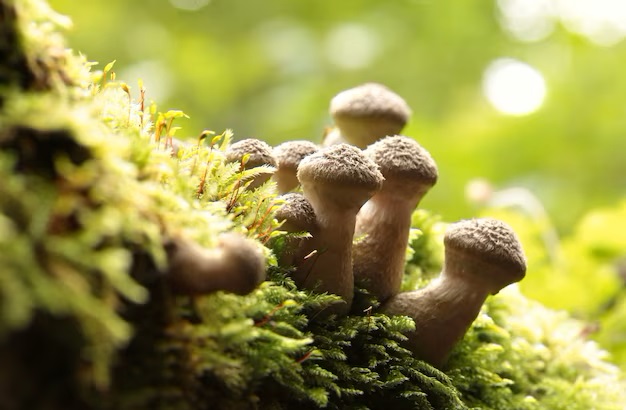
Unlocking the Potential of Pleurotus eryngii: A Natural Boost for Hormones
In the world of sports supplements, Pleurotus eryngii, the edible mushroom, is emerging as a fascinating topic of interest. This intriguing discovery comes from a Korean study that delved into the relationship between Pleurotus eryngii and the hormonal balance in wapitis. While our knowledge of mushrooms and wapiti metabolism may be limited, this research revealed promising insights. When wapitis were fed with mycelium from Pleurotus eryngii mixed into their diet, they experienced a significant increase in testosterone, growth hormone, and IGF-1 levels.
Pleurotus eryngii has rapidly become a thriving industry in Korea, with numerous companies producing this delectable oyster mushroom. However, with success comes a challenge – the production of spent mushroom substrate, a mixture of compost, fibers, and mycelium. The sheer volume of this waste has raised concerns within the industry.
In March 2012, researchers from the Korean National Institute of Animal Science offered a potential solution, published in the Asian-Australian Journal of Animal Sciences. They explored the feasibility of using spent mushroom substrate from Pleurotus eryngii mushroom nurseries as food for wapitis, which are also commercially raised in Korea.
An analysis of each gram of spent mushroom substrate revealed a notable presence of 199.2 mg of beta-glucans. The wapitis were divided into groups and provided with food containing varying percentages of spent mushroom substrate over an 80-day period.
Surprisingly, the wapitis that consumed a diet with 15 percent mushroom substrate exhibited remarkable changes in their immune and hormonal profiles. Their monocyte concentration, a crucial component of the innate immune system, was sixty percent higher than the group that received no substrate. Monocytes serve as the frontline defenders against infections and abnormal cell growth, including cancerous cells.
Furthermore, the same group displayed a significant 13 percent increase in hemoglobin levels compared to the control group.
What truly astonished the researchers were the alterations in anabolic hormone levels in the experimental animals. In the 15 percent substrate group, growth hormone levels surged by 28 percent, IGF-1 by 30 percent, and testosterone by a staggering 400 percent compared to the group that had not received any substrate.
The implications of this study are profound. It underscores the potential of spent mushroom substrate as a valuable addition to the diet of wapitis, leading to improved immune responses and enhanced hemoglobin levels. Moreover, it raises the exciting prospect of Pleurotus eryngii containing natural substances that can positively influence the production of vital hormones, including testosterone and growth hormone.
These findings beckon further investigation into Pleurotus eryngii and its potential applications. Could it be possible to extract and harness the hormone-boosting properties of this mushroom for use in dietary supplements? The answer to this question may hold the key to unlocking new opportunities in the world of sports nutrition and hormone optimization.
In conclusion, Pleurotus eryngii is proving to be more than just a delicious mushroom; it may harbor secrets that can enhance hormonal balance and overall well-being. As researchers continue to delve deeper into the realm of natural supplements, the future looks promising for those seeking safe and effective ways to support their hormonal health.



Leave a Comment